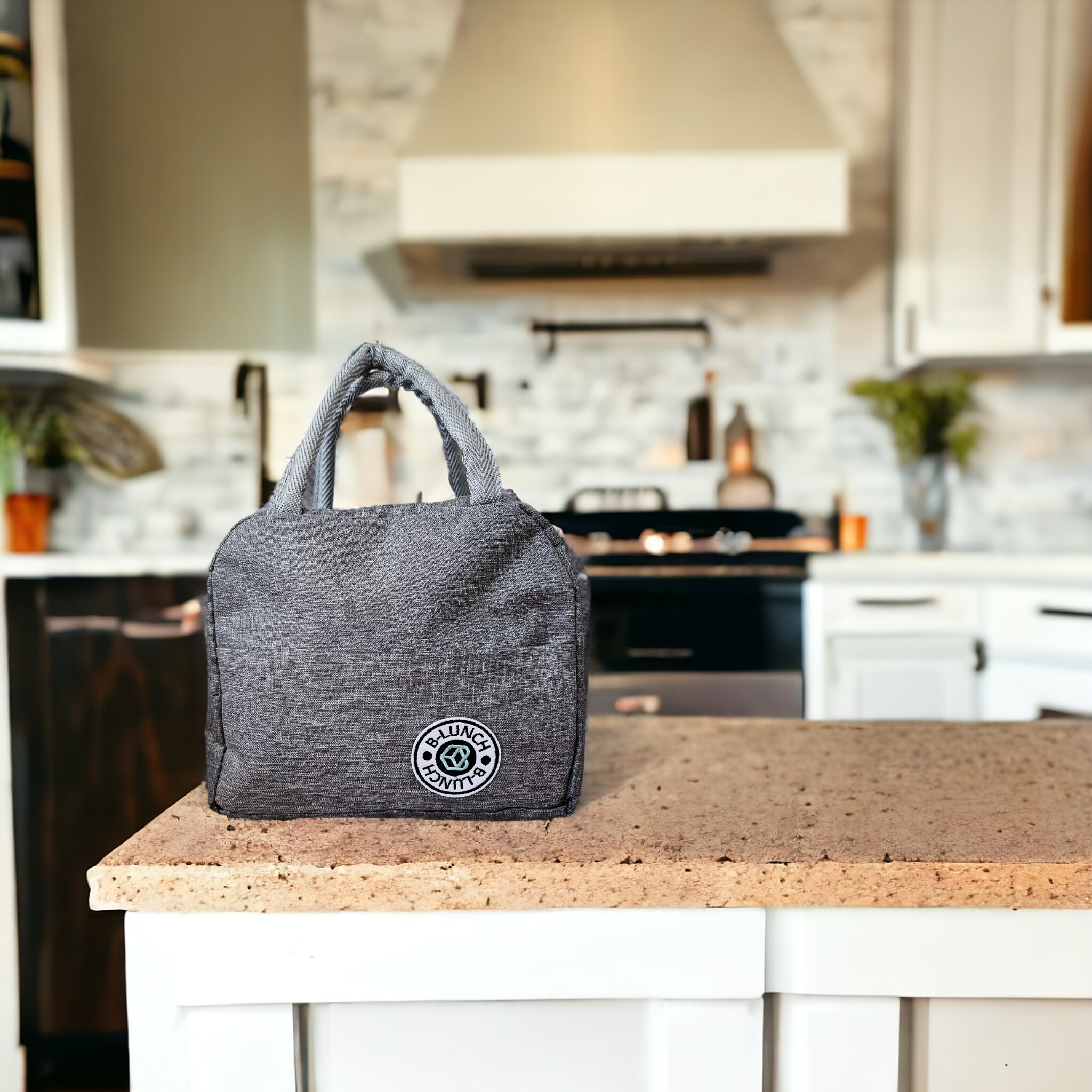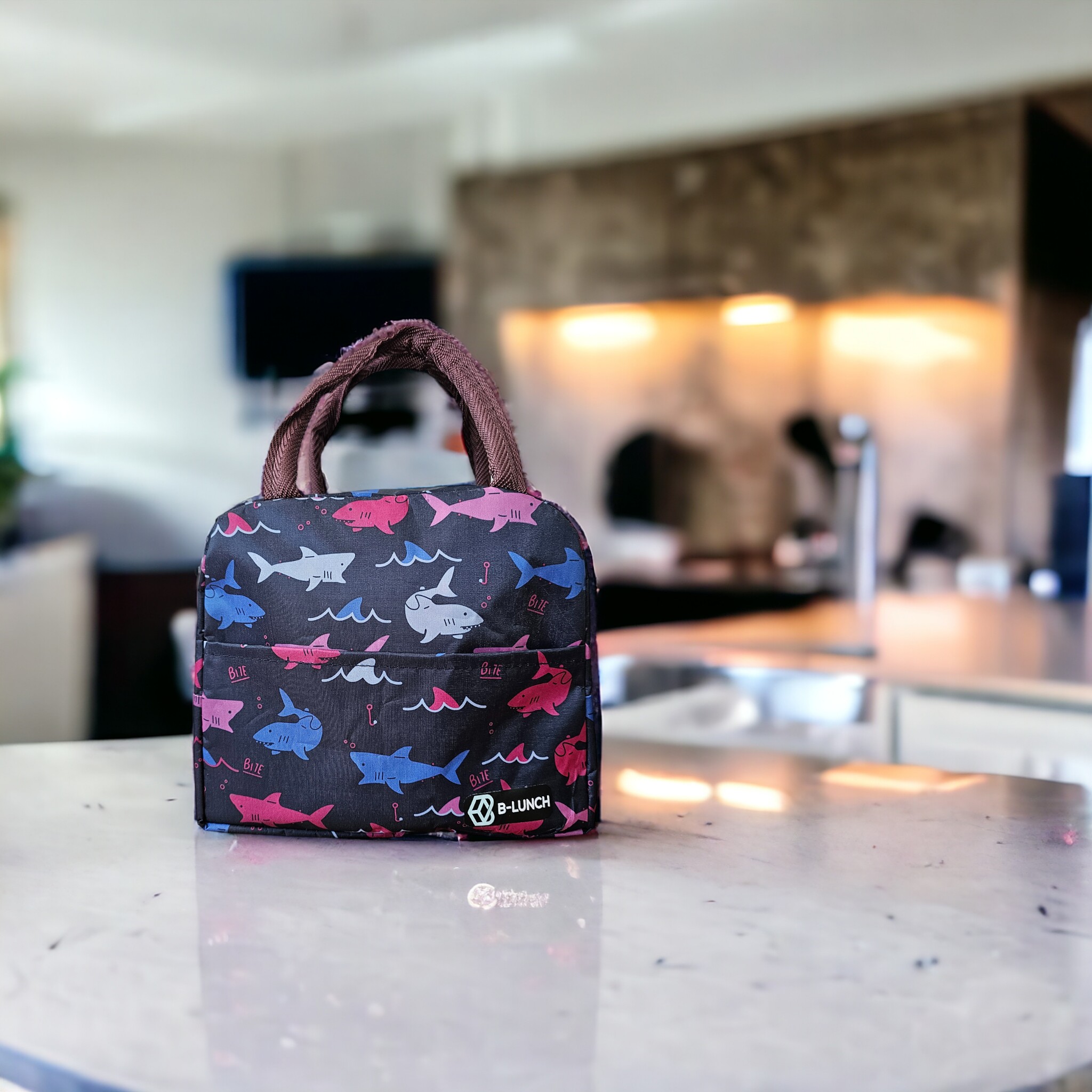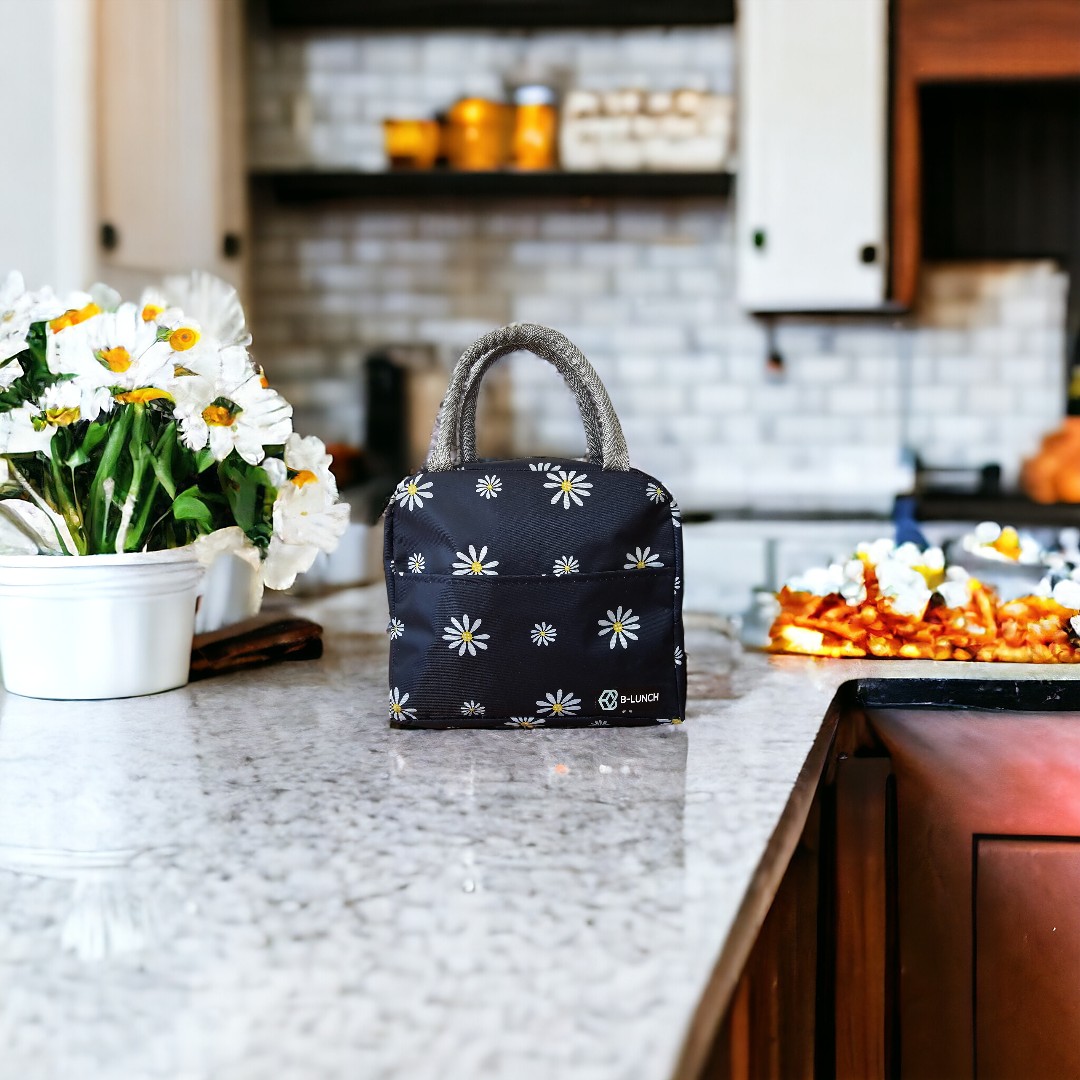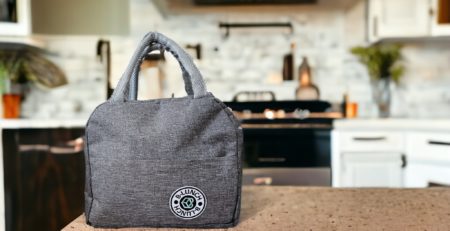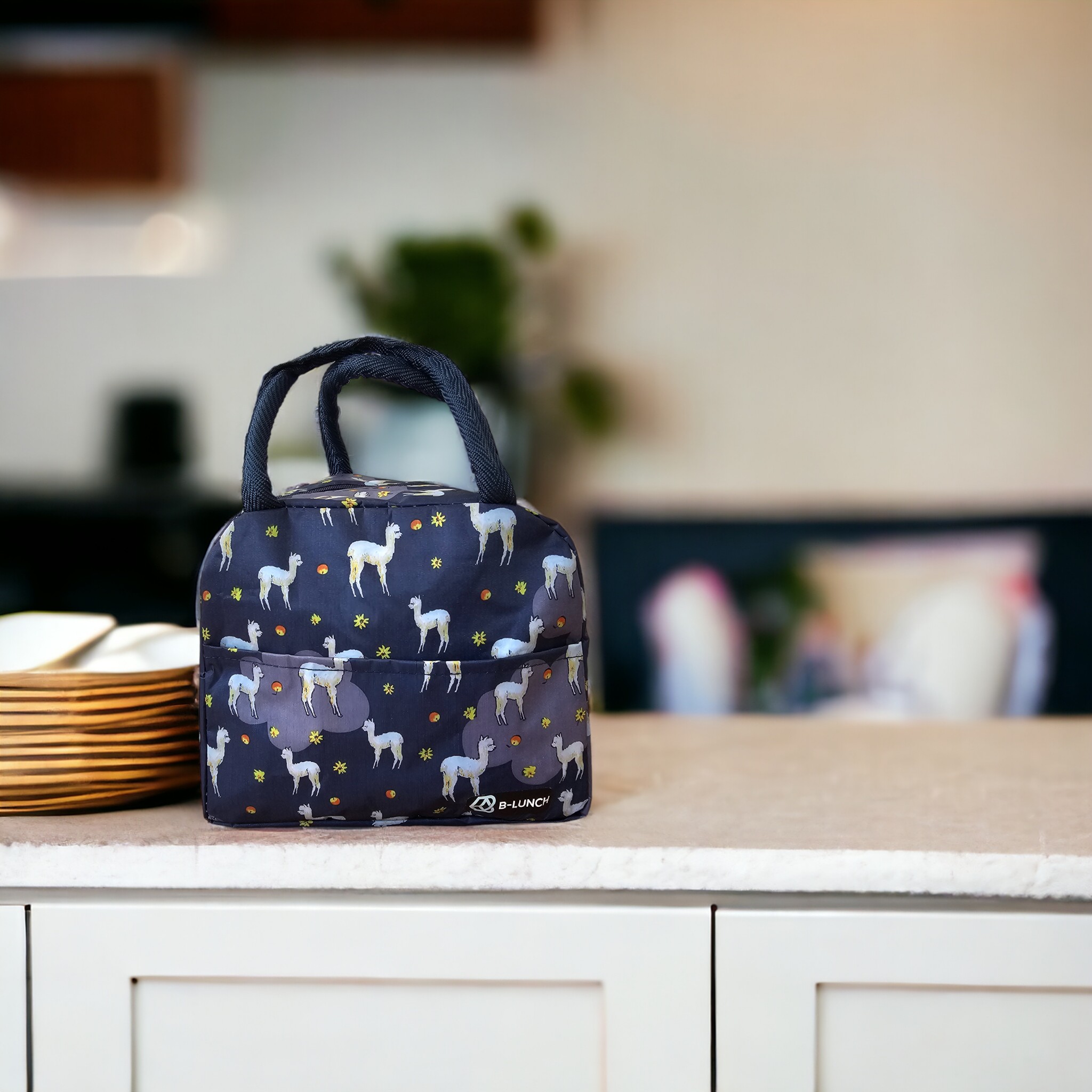
When it comes to packing meals for work, school, or outdoor activities, convenience and food safety are top priorities. An insulated lunch bag is a simple yet effective solution designed to maintain the temperature of your food and beverages for extended periods. Whether you’re carrying a warm soup on a cold day or a refreshing salad on a hot afternoon, an insulated lunch bag ensures your meals stay at the desired temperature while preserving their freshness.
This article explores the features, benefits, and uses of insulated lunch bags, followed by an FAQ section to address common questions about this practical everyday item.
What Is an Insulated Lunch Bag?
An insulated lunch bag is a portable container made with materials designed to regulate the temperature of its contents. Unlike standard bags or containers, it incorporate layers of thermal insulation to keep food warm or cold for hours. This is achieved through the combination of materials such as:
- Outer Fabric: Typically made of durable materials like polyester or nylon, this layer provides structure and protects the bag from wear and tear.
- Insulating Layer: This middle layer is made from materials like foam or reflective aluminum, designed to trap heat or cold inside the bag.
- Inner Lining: Often crafted from waterproof or easy-to-clean materials like vinyl or plastic, the inner lining prevents spills and ensures hygiene.
The combination of these layers allows the bag to maintain the temperature of its contents, offering a practical solution for transporting meals.
Key Benefits of Using an Insulated Lunch Bag
1. Temperature Regulation
The primary function of an insulated lunch box or bag is to keep food at its desired temperature. Whether you’re preserving the heat of your favorite homemade pasta or keeping your fruit salad chilled, these bags can do the job efficiently.
2. Food Safety
Maintaining a consistent temperature helps prevent bacterial growth, ensuring your food remains safe to eat. This is especially important for items like dairy products, meats, and other perishable foods.
3. Eco-Friendly Option
Using it reduces the need for disposable containers, plastic bags, and single-use packaging. By investing in a reusable lunch bag, you contribute to reducing waste and protecting the environment.
4. Convenience
Insulated lunch bags are lightweight, portable, and often come with features like handles, adjustable straps, and multiple compartments. These features make them convenient for carrying and organizing meals, snacks, and beverages.
5. Cost-Effective
Bringing homemade meals in an insulated lunch box/ bag saves money compared to dining out or buying pre-packaged meals every day. It’s a great way to stick to a budget while enjoying your favorite meals.
Common Uses of Insulated Lunch Bags
- For Work or School Insulated lunch bags are a staple for students and professionals who prefer to carry home-cooked meals. With various sizes and designs available, they cater to both children and adults.
- Outdoor Activities Whether you’re going on a picnic, hiking, or camping, an insulated lunch bag ensures your food and drinks stay fresh throughout your adventure.
- Travel Long road trips or flights often require packed meals and snacks. It ensures your food stays appetizing no matter how long the journey.
- Special Dietary Needs For individuals with specific dietary restrictions or preferences, an insulated lunch bag is invaluable. It allows you to carry food that meets your requirements without relying on external options.
How to Choose the Right Insulated Lunch Bag
When shopping for an insulated lunch bag, consider the following factors:
- Size: Select a bag that fits your typical meal portions. Compact designs are great for snacks, while larger bags accommodate full meals and beverages.
- Insulation Quality: Look for bags with thick insulation layers and a durable inner lining to ensure effective temperature control.
- Portability: Bags with handles, shoulder straps, or lightweight designs are easier to carry, especially for daily use.
- Ease of Cleaning: Choose a bag with a wipeable or machine-washable interior for easy maintenance.
- Additional Features: Some bags come with extra compartments, leak-proof zippers, or stylish designs. These features can enhance the functionality and appeal of the bag.
Caring for Your Insulated Lunch Bag
To keep your lunch bag in good condition:
- Clean Regularly: Wipe the interior with a damp cloth after each use to remove crumbs or spills. For deeper cleaning, check if the bag is machine washable or use mild soap and water.
- Avoid Overpacking: Overloading the bag can strain the seams and compromise insulation performance.
- Store Properly: When not in use, store your lunch bag in a dry, cool place to prevent mold or mildew growth.
- Inspect for Damage: Periodically check for tears or worn-out insulation and replace the bag if necessary.
FAQ:
Q1: How long can an insulated lunch bag keep food warm or cold?
Most of bags can maintain food temperature for 2-4 hours without additional cooling or heating elements. Using ice packs or thermos containers can extend this duration.
Q2: Are insulated lunch bags safe for hot food?
Yes, they are designed to handle both hot and cold foods. However, for very hot meals, use a heat-resistant container inside the bag for added safety.
Q3: Can I put an insulated lunch bag in the refrigerator?
Yes, you can place an itin the refrigerator. This can help maintain cold temperatures, especially if you’re pre-packing meals.
Q4: Are insulated lunch bags waterproof?
Most insulated bags have water-resistant inner linings to prevent leaks. However, not all are fully waterproof, so be cautious with liquids.
Q5: Can I wash my insulated lunch bag in a washing machine?
Some insulated bags are machine washable, but always check the manufacturer’s instructions. If not machine washable, clean with a damp cloth and mild detergent.
Q6: What’s the difference between an insulated lunch bag and a cooler bag?
They are smaller and designed for personal use, while cooler bags are larger and intended for group activities, such as picnics or parties.
Q7: Are there eco-friendly insulated lunch bags?
Yes, many brands offer insulated bags made from sustainable materials like recycled fabric or biodegradable components.
Q8: Can insulated lunch bags replace traditional lunch boxes?
Yes, they can serve as an alternative to lunch boxes, especially when temperature control is a priority.
Q9: Do insulated lunch bags retain odors?
Over time, insulated lunch bags can retain food odors. Regular cleaning and using baking soda or odor-neutralizing sprays can help eliminate smells.
Q10: Where can I buy a good insulated lunch bag?
Insulated lunch bags are widely available at supermarkets, department stores, online marketplaces, and specialty kitchenware shops. We offer a wide range of lunch bags on our Shop > Check now.
Conclusion
An insulated lunch bag is more than just a container; it’s a practical companion for maintaining the quality and safety of your meals. Whether you’re a busy professional, a student, or an outdoor enthusiast, this simple yet versatile item ensures your food stays fresh, delicious, and ready to enjoy. By choosing the right bag and caring for it properly, you can make your mealtime experience convenient and enjoyable every day.


